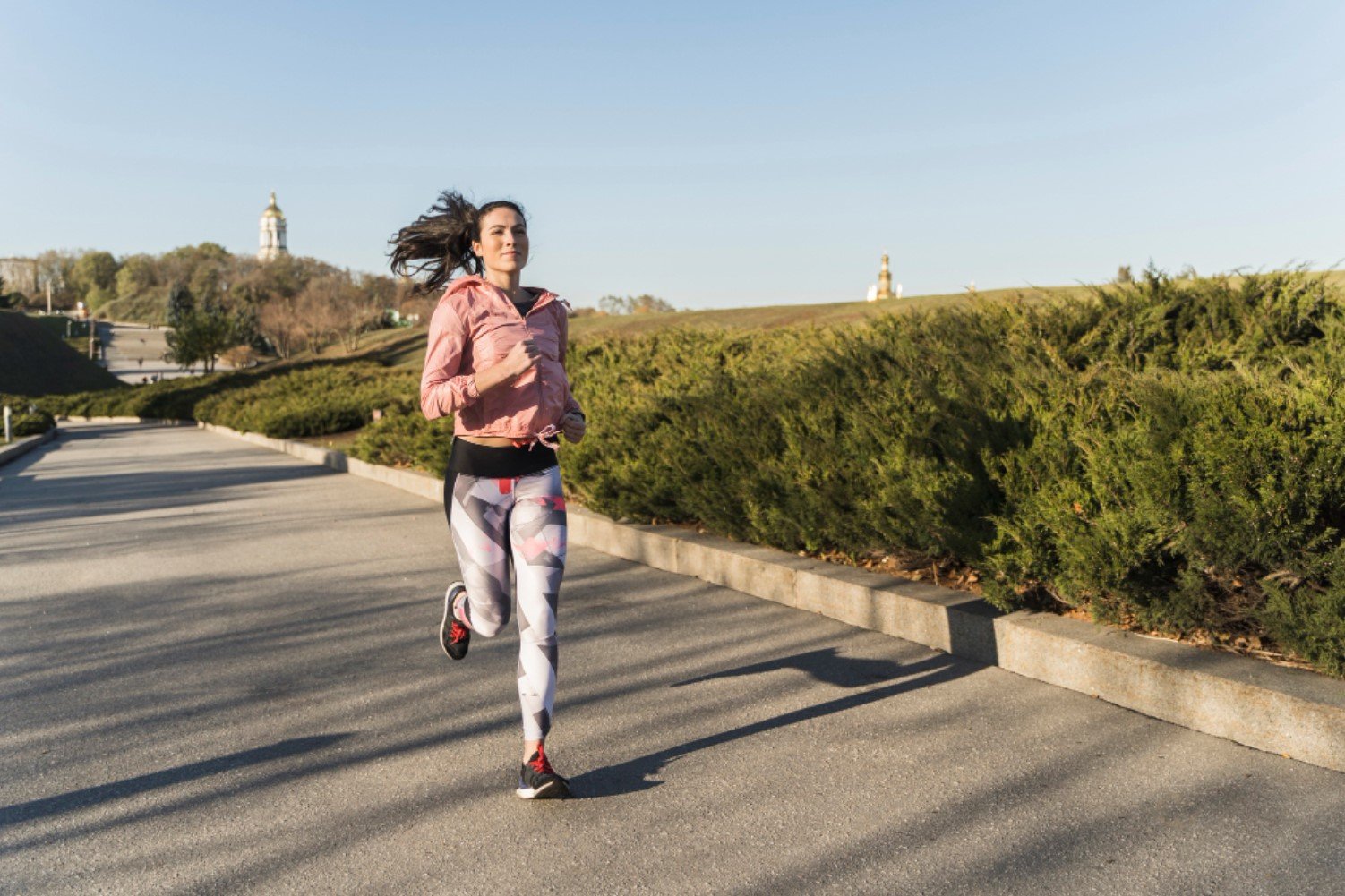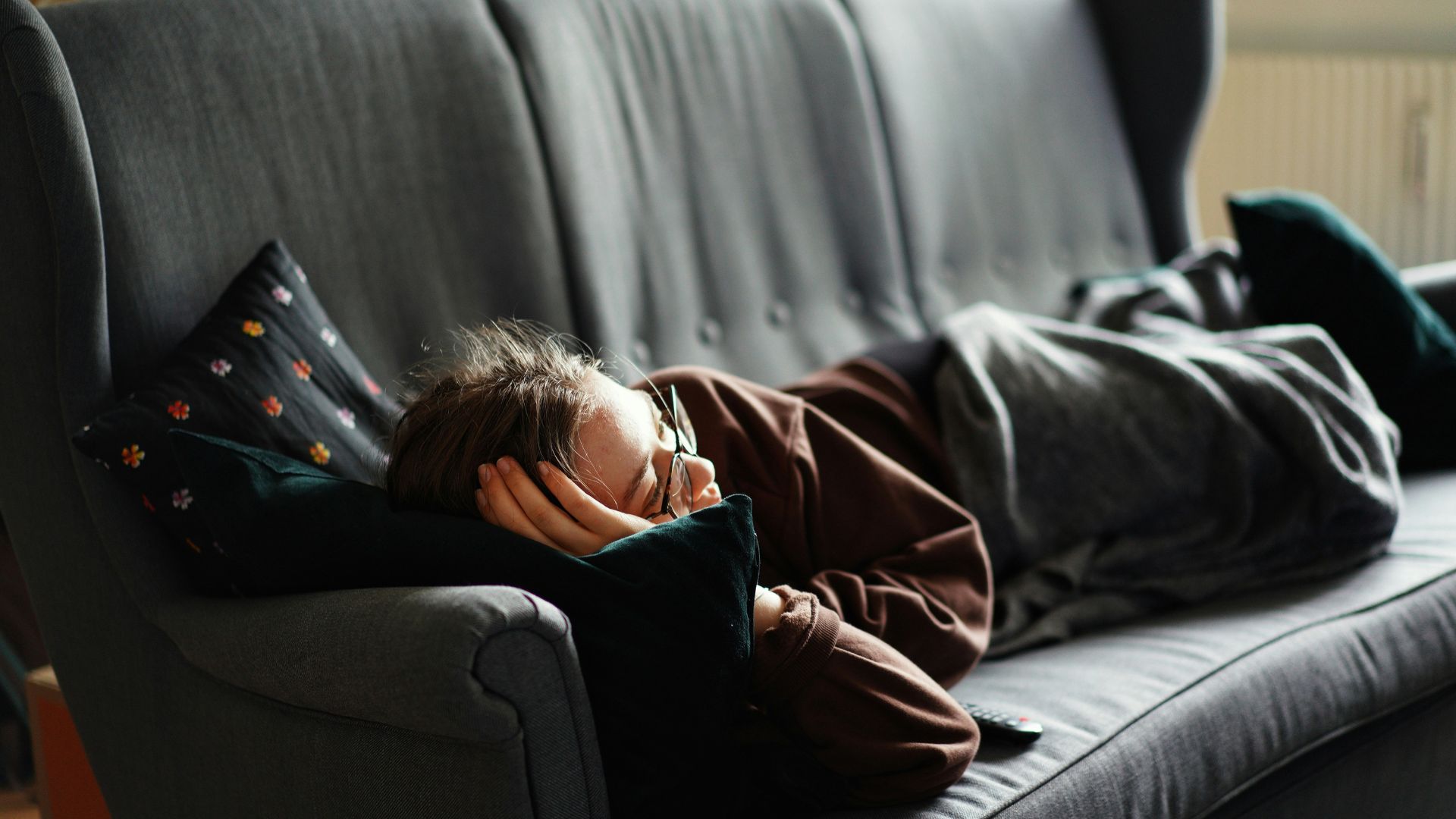New data from the World Health Organization (WHO) shows that more than 32% of adults around the globe do not meet the requirements for physical activity in 2022.
Studies show that getting active has a direct correlation to living a longer and healthier life, cutting down the chances of experiencing illnesses like heart disease and stroke. The findings point out a worrying trend that adults let their health go as they get older by allowing the silent killer to take over.
The Trend of Inactivity Is Expected To Rise

Over the next six years, the number of adults who do not get enough exercise is expected to grow to 35%. The global population is currently off track from meeting the target of reducing inactivity and being sedentary by 2030.
However, the issue is complicated: many adults work multiple jobs, take care of kids and have long commutes, which makes it difficult for many people to make the time for a healthy and active lifestyle.
What Are the Physical Activity Requirements?

The current minimum requirement for a physically active adult is 150 minutes per week of moderate-intensity or 75 minutes of vigorous-intensity physical activity.
In general, doctors and experts recommend about 30 minutes of physical activity per day. Even low-intensity exercise, like walking around the block, can have long-lasting effects on health.
What Are the Risks of Being Sedentary?

The WHO notes that forgoing physical activity and being sedentary for most of the week can put people at risk for cardiovascular diseases like heart attacks and strokes, type 2 diabetes, dementia and cancers like breast and colon.
Sitting is known as the silent killer; it reduces the ability to improve lung health and decreases bone density, as muscle mass is needed to avoid osteoporosis long-term.
Lost Opportunities To Improve Health

The WHO notes that sitting around all day is a lost opportunity to reduce cancer risk and heart disease.
In addition to the physical benefits, activity can also help reduce mental illnesses like loneliness and depression.
Plans To Motivate People in the Future

Despite the record low numbers of physical activity across the globe, the WHO plans to employ new campaigns to motivate people of different ages and cultures.
For many, the difference in getting out might be knowing the risks and benefits.
Certain Countries Have Shown Improvement

Although the world is getting more sedentary on average, many countries and geographical areas have actually improved.
More than half of the world’s countries have implemented some sort of plan to motivate residents to get up and get out more. Over the past decade, 22 countries were identified as attempting to reach their goal of reducing inactivity by 15% in 2030.
Sitting Is the Silent Killer

However, experts and scientists still want to get the message out to a wider audience about how deadly sitting around can actually be.
Dr. Rüdiger Krech, the Director of Health Promotion at WHO says that, “Physical inactivity is a silent threat to global health, contributing significantly to the burden of chronic diseases.”
Physical Activity Is More Than a Personal Choice

Experts agree that although personal drive can influence physical behaviours, for the most part, these issues are caused by social disorganization.
When people don’t make the time to take care of their bodies, it’s like they suffer from multiple environmental and socioeconomic factors that stop them from doing so. Therefore, countries with high obesity and low exercise rates need to examine the pitfalls in the system.
Obesity Is an Epidemic Among Adults Around the Globe

Obesity is another draining issue causing permanent illnesses. The standard American diet doesn’t leave much room for nutrition or personal choice. Currently, almost 30% of US adults are overweight or morbidly obese.
Despite several marketing campaigns to improve diets and influence social change, things like food deserts and low literacy rates contribute to the growing trend of obesity in America.
Massive Benefits of Physical Activity for Overweight Individuals

Being overweight and sedentary can be one of the worst choices that a person can make for their health. Heart disease, stroke, immobility, and depression can all arise from living in an unhealthy way.
To rectify this common issue, researchers note that it’s never too late to pick up physical activity or eat healthier.








































